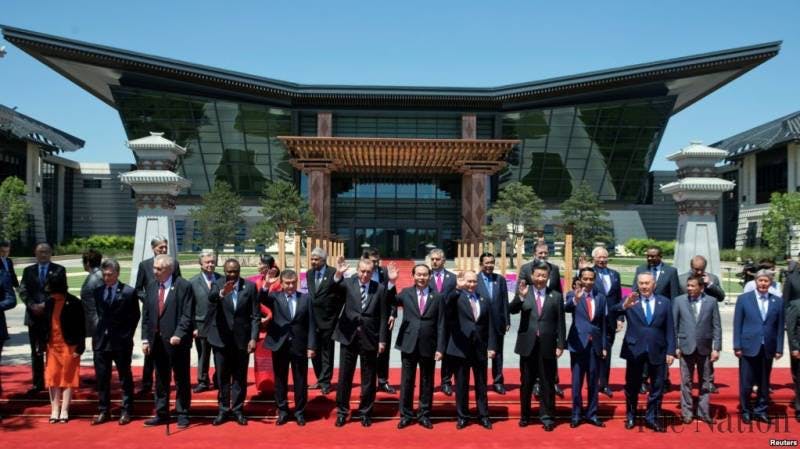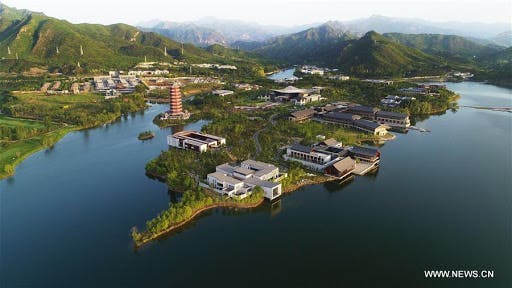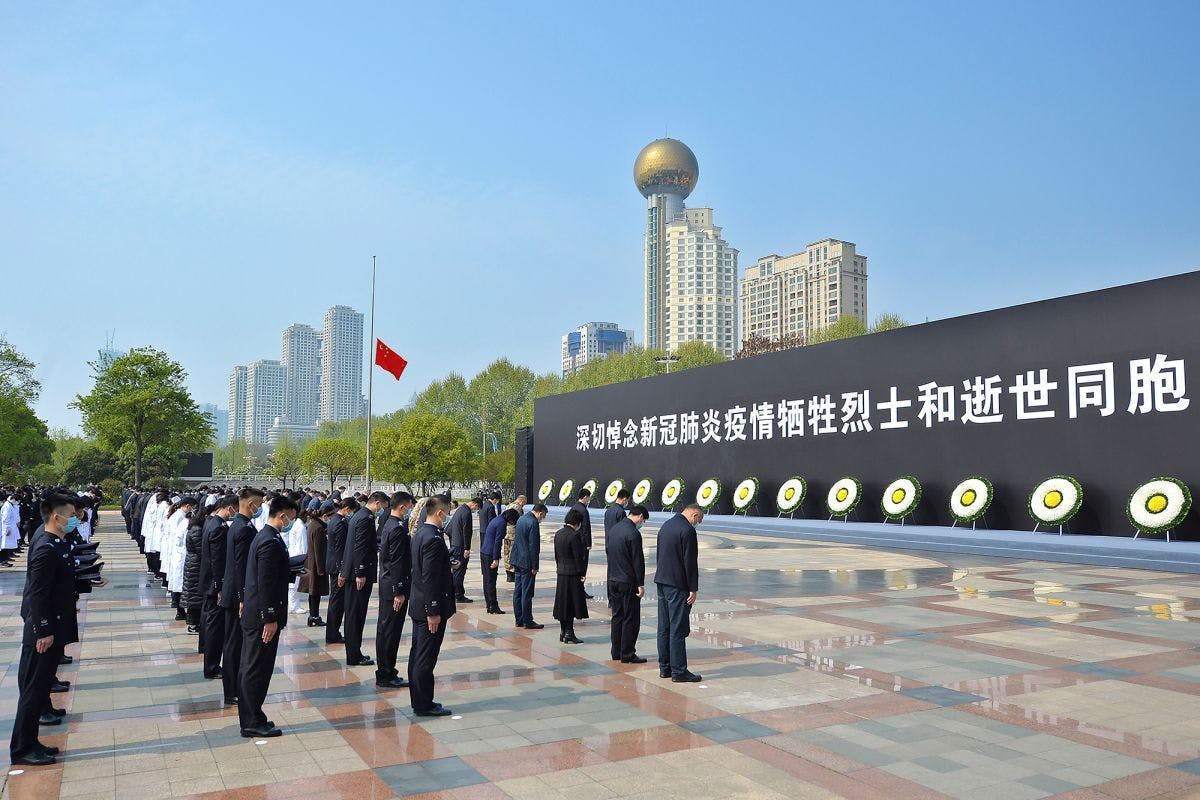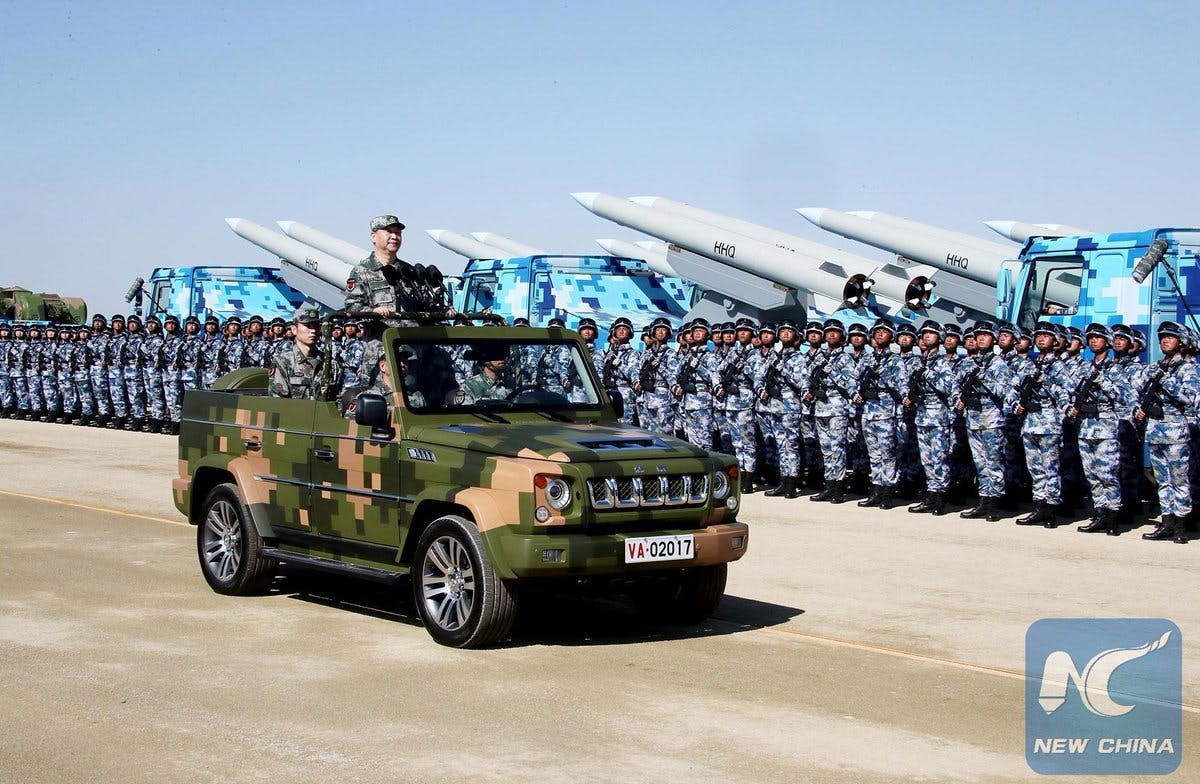5 decades of flashbacks on CPC’s 100 years
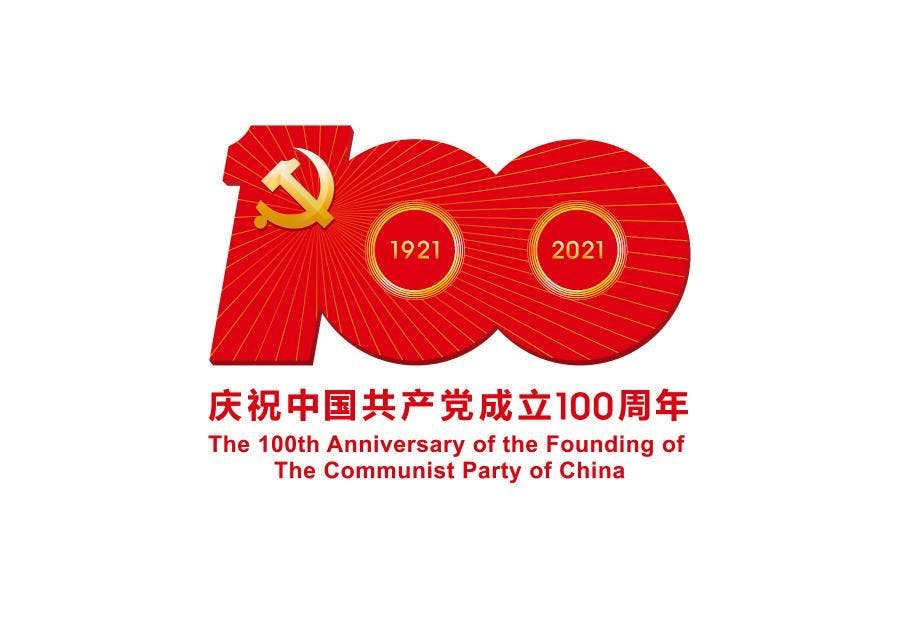
1 July 1921 is the founding day of Communist Party of China (CPC). Today marks its first 100 years anniversary and the Chinese President Xi Jinping, also general secretary of CPC Central Committee and chairman of the Central Military Commission, has delivered a powerful speech in Beijing highlighting the 100 years of struggle and laying bare the second centenary goal of building China into a great modern socialist country in all respects.
Xi narrated the CPC’s four great successes over a 100-year period: 1) fighting bloody battles and uniting Chinese nation; 2) building a stronger China though self-reliance; 3) achieving great success in reform and opening-up; 4) in Xi’s words ‘in pursuing a great struggle, a great project, a great cause, and a great dream through the spirit of self-confidence, self-reliance and innovation’.
While listening to Xi Jinping’s speech, I thought it was time for me to go into the past five decades and narrate the flashbacks for you.
A version of this article appeared as an Op-Ed in The Nation, Pakistan on 5 July. Another version appeared in China Pictorial, Beijing on 3 July.
The beginning in the 1970’s
Like every China watcher, my beginning of love affair with China started in the 1970’s when China Pictorial’s printed copies would reach the living rooms of most educated or literary Pakistani families. Very few color photos were available of those days’ Pakistan. So it was fascinating to see how a country could look so beautiful in print. Despite the extreme poverty both countries faced at the time, the China Pictorial’s pictures of its villages and farmlands looked really vivid and pretty.
Then comes the 1980’s
The wire news copies I used to edit in the mid-1980s, when I started as a journalist, made it clear that China - a poor country at the time - was at the receiving end. The United States was the big bully then. And since the US controlled major media outlets and much of the international narrative, it often accused China of human rights violations and used the accusations as a weapon to humiliate China, and the other Western media blindly followed.
The 1990’s
As an Editor of a national English-language newspaper in the 1990’s, I saw how China responded to US human rights accusations and kept its march towards nation-building, and then gaining back Hong Kong from Great Britain in 1997. While editing a wire copy, I still remember Chinese response to a comment made by a Western critic of China. It went on something like:
Critic: After Hong Kong, it’s Taiwan’s turn.
China: No, we are not in a hurry. We can wait for 500 years.
I was marvelled at China’s long term orientation (LTO): 500 years.
The 2000’s
In recent years, particularly since early 2000’s, things have been changing. China is now the world’s second-largest economy in terms of GDP Nominal, it is fast closing the gap with the US. In fact, economists have forecast that China will overtake the US as the largest economy within this decade, most likely in 2028.
China has not only lifted its entire population out of extreme poverty, but also has been the leading driver of global growth for the past more than 10 years. And the rest of the world is fully cognizant of this fact. China is the poster child of the new rising world, consolidating its national strength and expanding its global influence.
Countries in East, South and Southeast Asia, Eastern Europe, Africa and Latin America, which are battling poverty and poor infrastructure, consider China a role model for lifting more than 800 million Chinese people out of poverty in four decades and becoming a manufacturing powerhouse. After many centuries of poverty, disease, conflicts, wars and deaths, we can now hope to see a new world led by China.
Back to the 2010’s
So when China organized the First Belt and Road Forum for International Cooperation in Beijing in May 2017, among those who attended were 29 heads of state or government, and delegates including officials, entrepreneurs, financiers and journalists from more than 130 countries and regions. I too was one of the delegates.
True, the US stayed away from the forum - so did its allies such as Japan, South Korea and the United Kingdom - but it did send a delegation at the last minute, and the UK sent its chancellor of the exchequer.
My first visit to China
Despite being a keen observer of China for decades, I first visited China only in 2017 - to attend the First Belt and Road Forum in Beijing. What I really liked about President Xi Jinping’s opening speech was his emphasis on peace before prosperity. Xi knew that the world is tormented by conflicts and terrorism, which are threatening world peace, and hence the greater emphasis on peace.
Another thing that struck me as very important was that Xi devoted a large amount of time talking about China’s history, how the ancient Silk Road connected China with other civilizations in Asia, Europe and Africa. With the Belt and Road Initiative, Xi has revived the Silk Road and China is leading the world towards a better future by improving infrastructure and connectivity.
Xi was also clear that Belt and Road projects have to be based on “partnerships”, and mutual trust and respect, not the old-fashioned “alliances” championed by the US.
China’s trade in goods with other Belt and Road countries reached $1.35 trillion in 2020, up 0.7 percent year-on-year, accounting for 29.1 percent of its total foreign trade. And China has signed 205 agreements on Belt and Road cooperation with 171 countries and international organizations, according to Chu Shijia, director of the Comprehensive Department of China’s Ministry of Commerce.
Besides, China’s total trade in goods with other Belt and Road countries topped $7.8 trillion from 2013 to 2019, with more than $110 billion in non-financial overseas direct investment. China has also invested billions of dollars in other bilateral and global initiatives, and sanctioned as humanitarian aid.
While the First Belt and Road Forum in 2017 showcased China’s growing global influence, the second one in 2019 consolidated its position at the figurehead of the developing world and an upholder of multilateralism and free trade. And in the two years since then, the Belt and Road Initiative has made even more remarkable achievements.
The 2020’s
In today’s speech, Xi has made it clear that the Chinese people will never allow any foreign force to bully, oppress or subjugate them. “Anyone who would attempt to do so will find themselves on a collision course with a great wall of steel forged by over 1.4 billion Chinese people,” he said. “We have never bullied, oppressed or subjugated the people of any other country, and we never will.”
These are the words that give me assurance that the world will be a better place to live under China as a superpower than it was during Great Britain’s 200 years and USA’s 100 years of world domination.

Wali Zahid
Wali Zahid is a longtime China watcher and a Pakistan futurist. An award-winning journalist, he writes on issues of significance to Pakistan and CPEC & BRI.
Related posts
